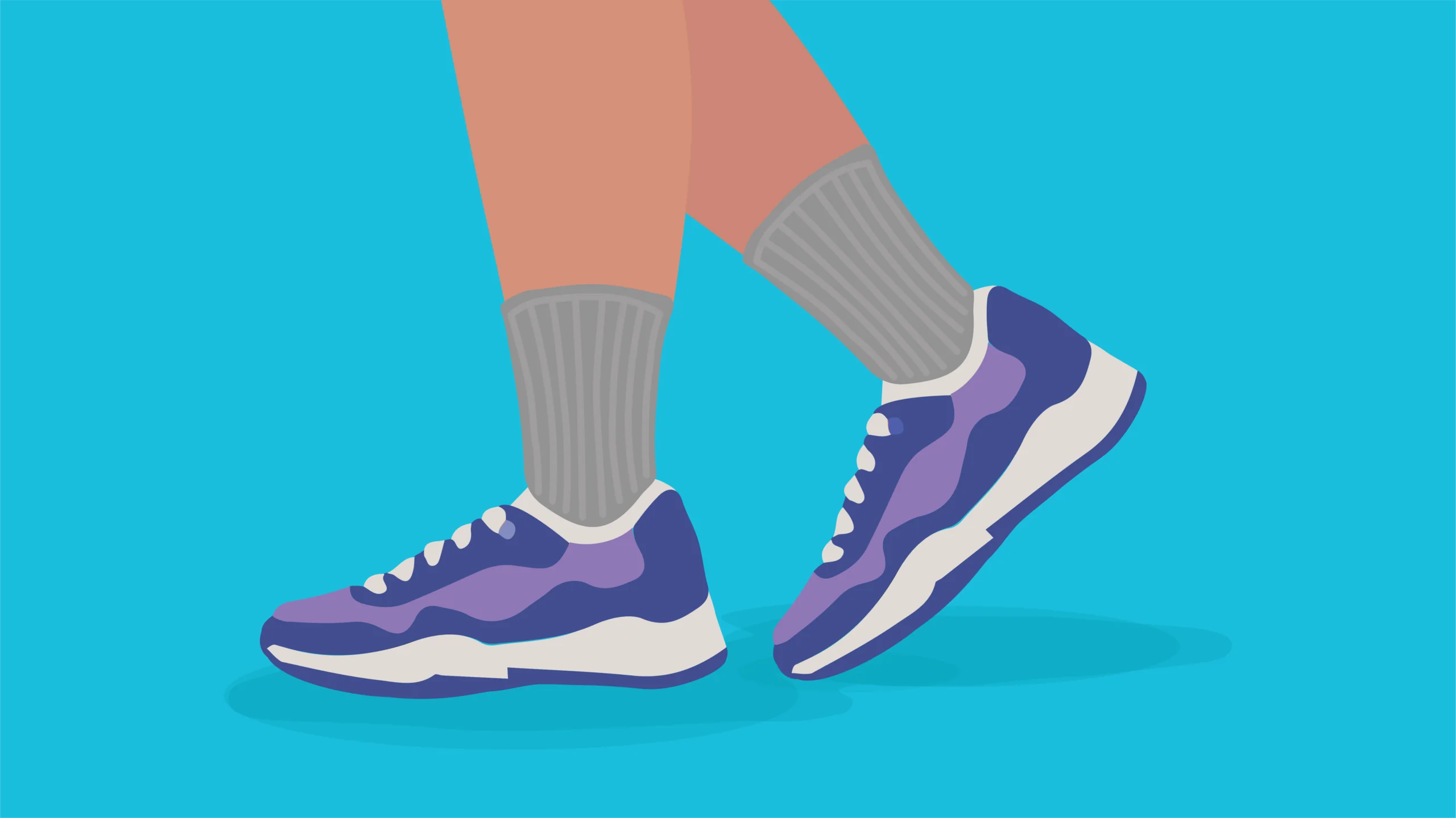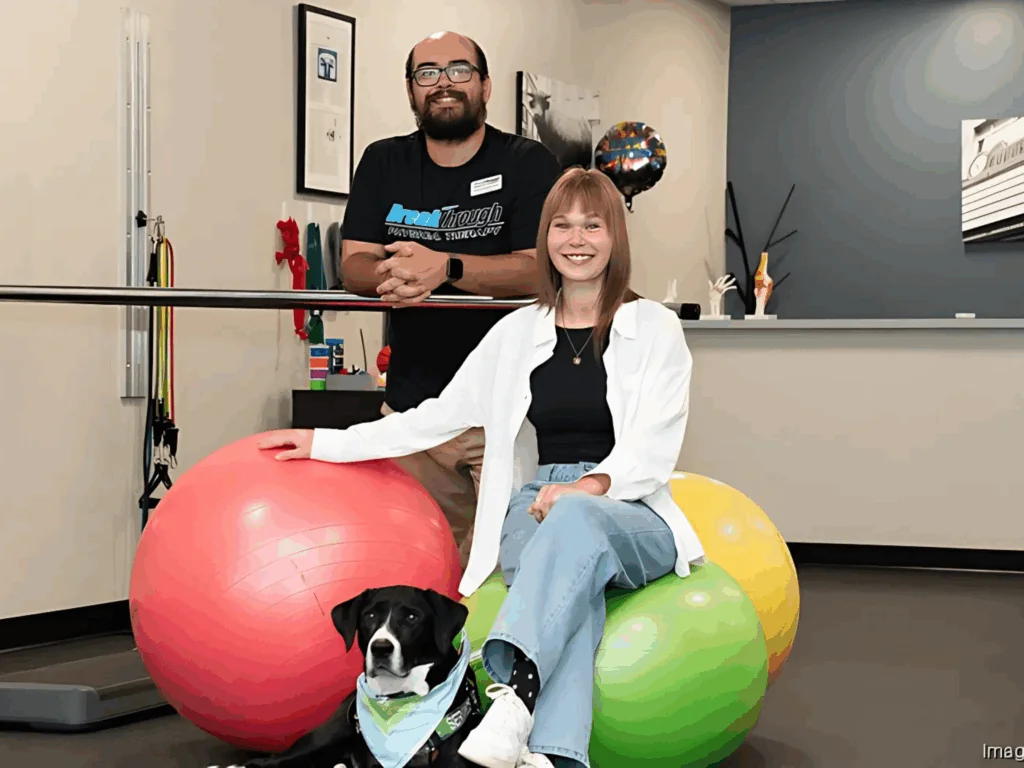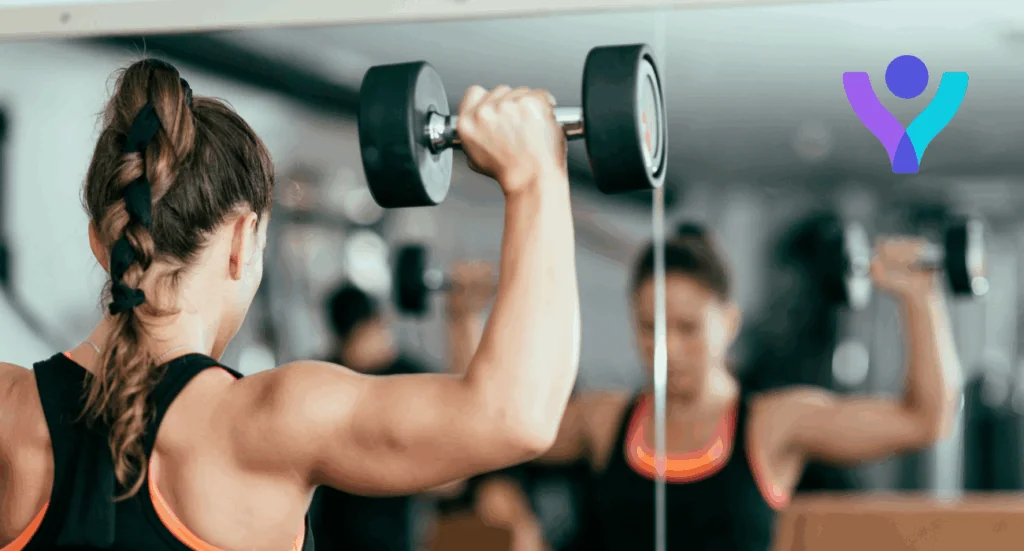The Difference Between Walking & Running
Walking and running are both excellent exercise choices. They are considered aerobic or cardiovascular exercises, which we should all aim to get at least 150 minutes weekly. However, they are two distinct activities with different demands on the body.
Walking is a low-impact activity that demands less muscle and joint activity than running. Walking briskly at around four mph or greater, hiking on an incline, and walking with a backpack or weighted vest are good ways to boost fitness. For those that don’t enjoy running, walking is also an excellent alternative. As a bonus, walking just 30 minutes per day three times per week decreases depression and anxiety in most people!
Running generally burns twice as much energy as walking at an average pace, making it a good part of a weight loss or aerobic exercise plan. However, running can put more stress on the body’s joints. A good running program should start gradually, as it is common to develop overuse injuries if distance and frequency are increased too quickly. Before starting a walking, running, or walking + running program, there are a few things you should consider in a shoe to maximize performance and avoid injuries. Below we’ll highlight what makes a good walking shoe and a good running shoe and what to look out for when purchasing your next shoe.
Find Out If Physical Therapy Is Right For You
Schedule an appointment with a licensed physical therapist to help recover from your chronic pain through hands-on manual therapy.
What Makes A Good Walking Shoe
The best shoes for walking vary from person to person. There are a few considerations when narrowing down the right shoe for you. Some of these reasons are described below. Many running and sports stores will also have staff to help you decide on a good shoe.
Type. There are so many options when it comes to walking shoes. Generally, going to a sports store and trying different kinds is the best place to start. Depending on how the shoes feel, you may opt for a shoe marketed for walking or running. Not sure where to start? Look towards the top brands that carry a variety of different walking shoes, such as Brooks, Asics, Nike, New Balance, and Sketchers.
Support and Comfort. Your walking shoes should have some cushioning and should feel supportive and comfortable. You may or may not need arch support, depending on your feet. Using foot orthotics or arch support all the time can weaken the muscles that are supposed to support the arch. These should be used at the discretion of an orthopedist, physical therapist, or podiatrist.
Durability. Your walking shoes should be built to last. You will want to research customer reviews on which ones last for years and which are prone to tearing.
Fit. They should fit well in width and length. A good test for this is comfortably wiggling and spreading all of your toes in the shoes.
What Makes A Good Running Shoe
The best shoes for running are specific to each person, their foot structure, and their training plan. Runners benefit most from having their foot posture and running evaluated by a physical therapist. This way, they have a starting point for cushioning, and support the shoe should have.
Here are considerations to make when selecting a running shoe:
Type. Similar to walking shoes, there are endless types and brands of running shoes. Going to a running store and trying out shoes in person is a good place to start. These stores will carry top brands of running shoes like Brooks, Asics, Nike, New Balance, and Hoka.
Support and Comfort. Generally, it is best to use a shoe with just enough support. Too much support (like stiff arch support) can create weaknesses in the foot and ankle. Your shoe should have good cushioning in the heel and midfoot to help absorb shock as you take strides.
Durability. You will want to research different shoe models to discover if the brand and model are durable. Running shoes undergo a lot of wear and tear, which increases when running on trails with uneven surfaces and rocks.
Fit. A mistake many make with running shoes is selecting narrow shoes. Your foot and toes should be able to splay out to the sides entirely. Getting a shoe with a wider front (toe box) is beneficial to allow this natural spread of the toes. In addition, you should have around a finger width of space from the front of your toes to the front of the shoe to allow a perfect fit while your foot moves with each stride.
How To Pick The Right Shoe For You
The right shoe may differ for each individual because of the activities we choose, the structure of our feet, and our goals. There are a lot of opinions and articles out there about the best walking and running shoes. It might take some trial and error to find shoes that allow you to walk, run, hike, or play sports comfortably. The best shoes for back, knee or other pain should have good cushioning to allow shock absorption with each step. Ultimately, the most crucial part of choosing a shoe is comfort. Your body will tell you if it is the right choice for you with aches and pains that develop. More importantly than shoes, your body should be appropriately warmed up, and you should gradually adjust to any new exercise program to avoid injury.




